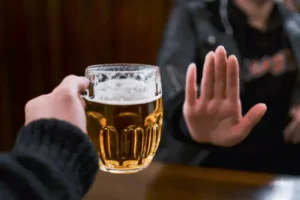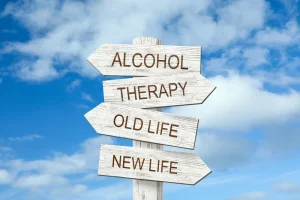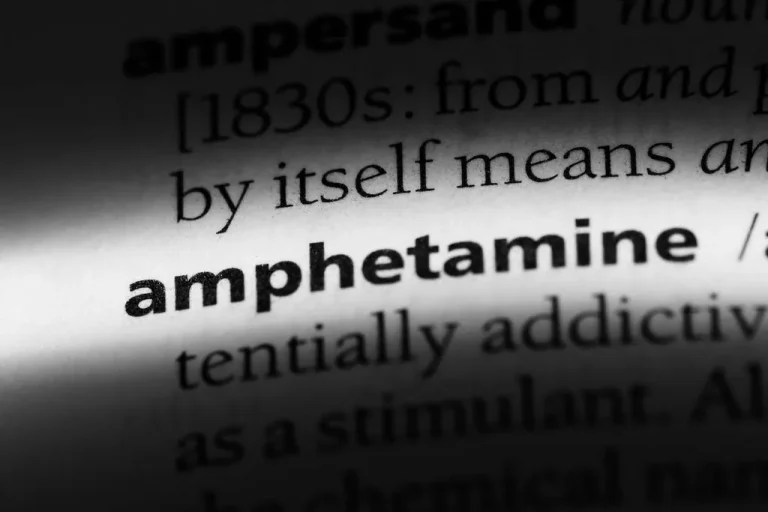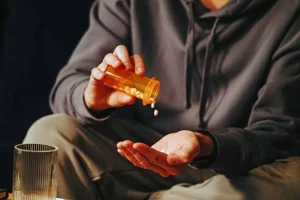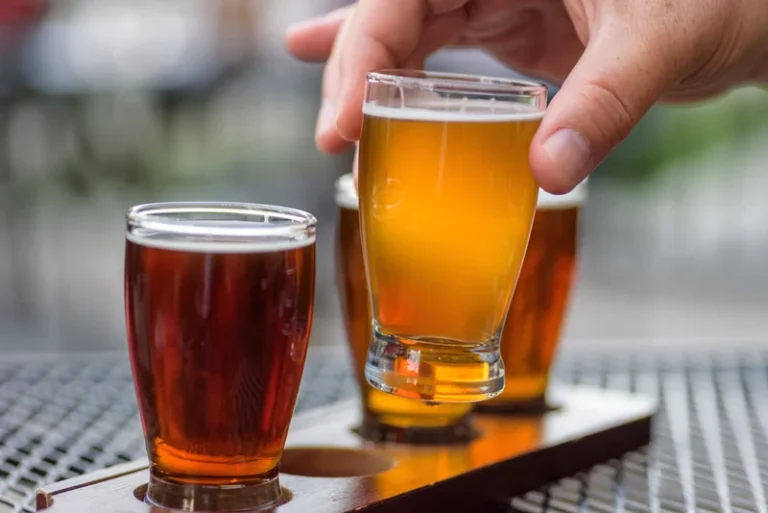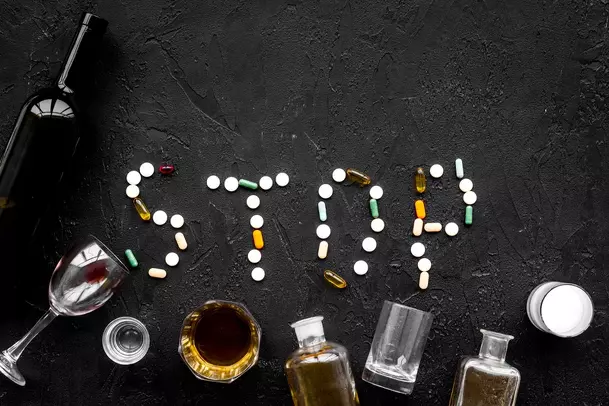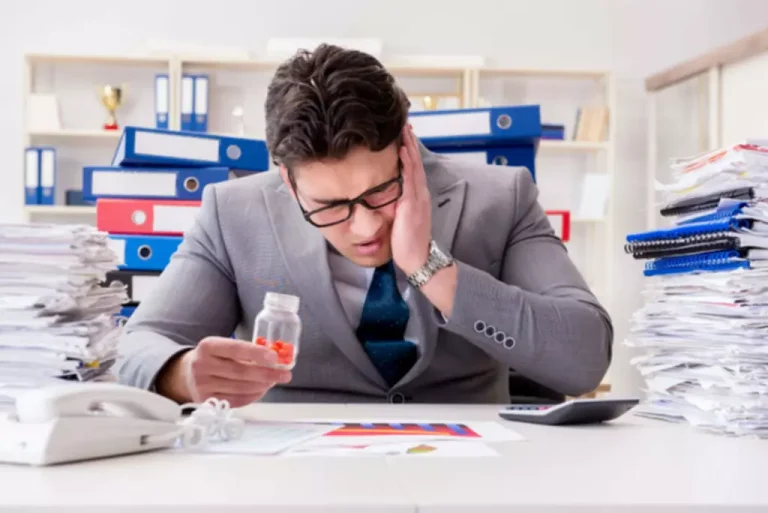
On the other hand, binge drinking is generally defined as four drinks for women and five drinks for men within a two-hour period. And even occasional binge drinking episodes can have profound effects on your liver’s health over time. That’s why many of us wonder if a month of avoiding drinking is enough to “reset” your liver back to normal. It’s true that taking a break from alcohol for any amount of time will be beneficial overall, with some research showing that liver function begins to improve in as little as two to three weeks.
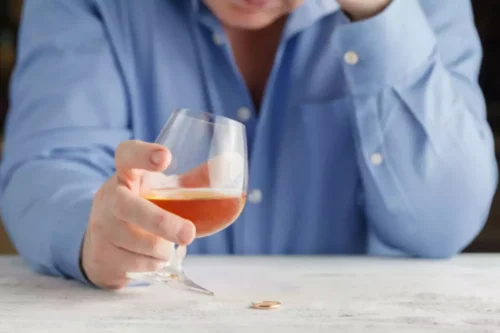
Type of Alcoholic Beverage Consumed
Experiencing withdrawal when you stop drinking indicates a dependence on alcohol, and it may be difficult to quit drinking on your own. It can also be dangerous to quit cold turkey once you have developed an alcohol use disorder (AUD). Many people ask if there is a way to flush alcohol out of their system faster.
How helpful would you rate this article?
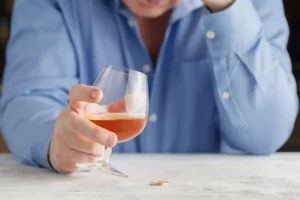
Shuttle capacity may become limiting under fasting metabolic states as the levels of shuttle components decrease. This may contribute to the lower rates of alcohol oxidation (in addition to lower ADH content) in the fasting metabolic state. Agents or conditions which enhance reoxidation of NADH by the respiratory chain can increase the rate of alcohol metabolism e.g. uncoupling agents can accelerate ethanol oxidation in the fed metabolic state (38,39).
National Institute on Alcohol Abuse and Alcoholism (NIAAA)
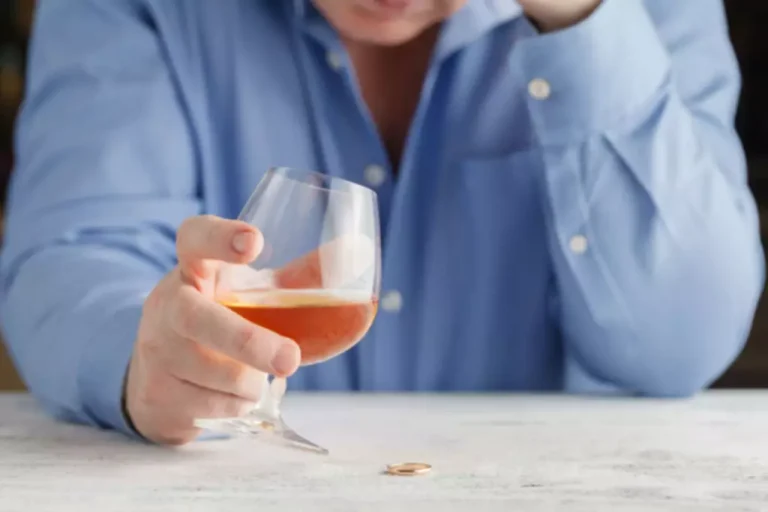
This small amount of alcohol (5-10%) is eliminated unchanged in the breath as vapor or in the urine. To get a better idea of how fast your body eliminates alcohol based on this rate, it takes about five and a half hours to metabolize the alcohol in your system if what eliminates alcohol from the body your BAC is 0.08. People who begin with blood alcohol levels of 0.20 will take between 12 and 14 hours to process the alcohol in their system.
- When this balance is disturbed and an excess of ROS is present, a state known as oxidative stress results.
- It describes the concentration of the substance upon which an enzyme acts that permits half the maximal rate of reaction.
- Alcohol enters the fetus readily through the placenta and is eliminated by maternal metabolism.
- Cytochrome P450s are a family of heme enzymes which are involved in the oxidation of steroids, fatty acids, and numerous xenobiotics ingested from the environment.
Cytochrome P450s are a family of heme enzymes which are involved in the oxidation of steroids, fatty acids, and numerous xenobiotics ingested from the environment. Highest levels of cytochrome P450 are in the liver, where they are present mainly in the endoplasmic reticulum (microsomal fraction). P450 functions in conjunction with other microsomal enzymes such as NADPH-cytochrome P450 reductase and cytochrome b5 (52–54).There are many isoforms of P450; over 100 gene families have been identified. CYP2E1 is a P450 which has the highest activity for oxidizing alcohol to acetaldehyde. Besides ethanol, CYP2E1 can oxidize many other compounds including acetone, benzene, and other alcohols. Some of the significant properties of CYP2E1 are listed in LIST 4 (55–58).
